Aleppo Pine Tree (Pinus halepensis) Grow & Care Guide
Written by Iris
Oct 09 2021
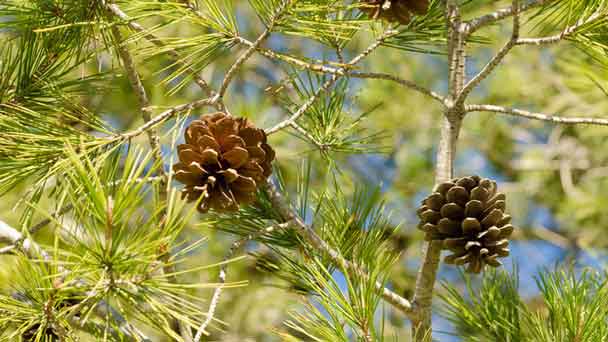
Aleppo Pine (Pinus halepensis) is native to the Mediterranean region, where timber and other wood products are commonly grown. In North America, Aleppo Pine (Pinus halepensis) is widely planted in parks and landscapes, and as an ornamental plant in areas with similar hot climates and seasonal rainfall, such as Arizona and Southern California. In Greece, resin from Aleppo Pine (Pinus halepensis) has been used to seal and flavour wines called Retsina for more than 2,000 years.
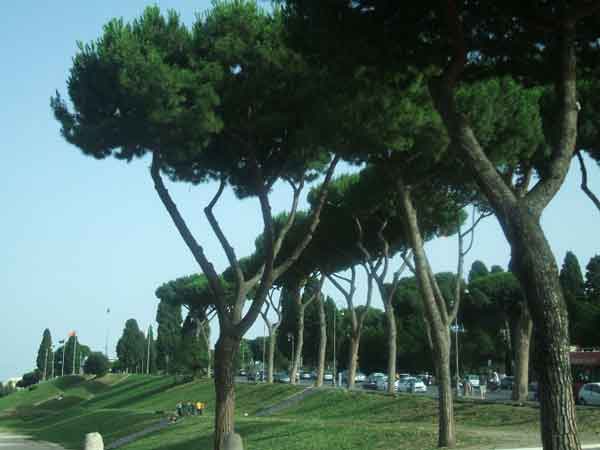
Fill a growing tray with about 2 parts potting soil, 1 part peat moss and 1 part perlite. Dig a hole no larger than the width and depth of the seed. You can typically achieve that by inserting the tip of your finger into the soil. Sow seeds within about 1 inch of each other.
Cover the Aleppo Pine seed lightly with soil. Water so the soil is slightly moist but not wet. Keep the soil at that moisture to promote germination. Place your finger into the soil every 5 or 6 days to ensure it's moist. Keep the tray in light sun.
Pull seedlings that sprout within 3 inches of each other. Once seedlings reach 2 to 3 inches, place each one into its own pot with the same type of soil mixture. Cover only the roots with soil.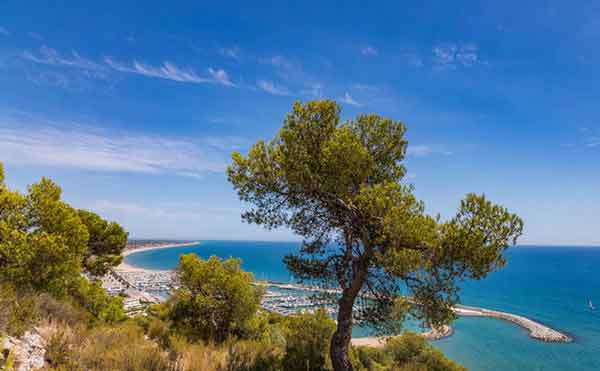
Use sharp hand shears to take Aleppo Pine cuttings with a slightly angled cut. You want a length of around 6 inches. Remove any side shoots around the lower 2 inches of the cutting. You can also make some small, vertical cuts at the base of the Aleppo Pine cutting. These wounds can help stimulate root growth. Place the Aleppo Pine cutting with the soft growth pointing upward and out of the soil to allow the other end to root.
Wash and dry the base of the cutting away and then dip it in rooting powder. This will help the cutting to grow roots plus minimize the risk of rot. Make a hole in your soil using a pencil or stick; then insert your powdered cutting into the hole.
Any cuttings that have rooted can now be repotted. It's best to move new cuttings to larger, individual pots at this stage, adding some pine fertilizer if you wish. Your pine tree cuttings can live in their pots for a couple of seasons to help better establish the Aleppo Pine plants. You can then transplant your new Aleppo Pine trees into the ground. 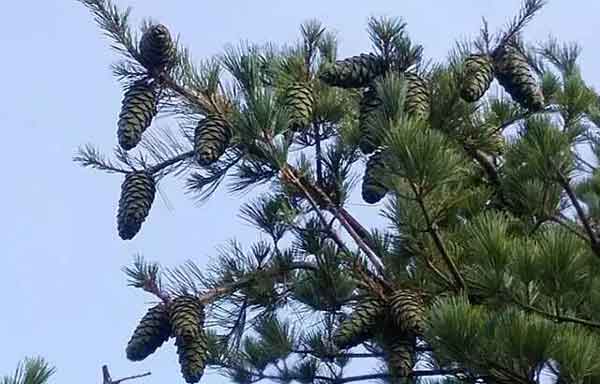
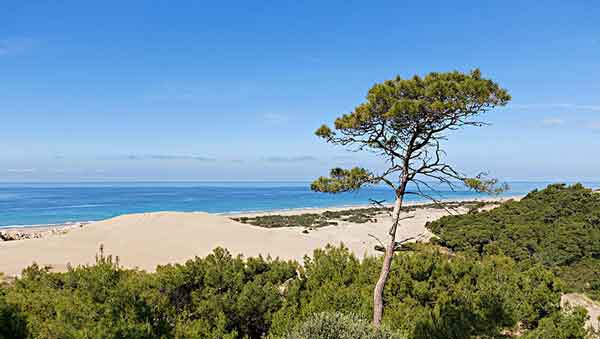
Where to Grow Aleppo Pine (Pinus halepensis)OutdoorIndoorHow to Grow Aleppo Pine (Pinus halepensis)Aleppo Pine Propagation with SeedsAleppo Pine Propagation with Stem CuttingsHow to Care for Aleppo Pine (Pinus halepensis)Aleppo Pine Lighting RequirementsAleppo Pine Soil CareAleppo Pine WateringAleppo Pine Temperature & Humidity CareAleppo Pine FertilizerAleppo Pine PruningAleppo Pine Pests & Diseases CareAleppo Pine (Pinus halepensis) FAQHow fast does an Aleppo pine grow?How tall do Aleppo pines grow?Can you eat Aleppo pine?
Where to Grow Aleppo Pine (Pinus halepensis)
Outdoor
Site in full sun. All aleppo pine benefits from being shielded from strong winds. aleppo pines grow throughout the southern Mediterranean, North Africa and the Near East. Due to this, Aleppo Pine are not fully frost hardy and winter protection will be required. Greenhouses, conservatories and sunny porches work well. We personally grow Aleppo Pine outdoors in summer and move them into a cold greenhouse as the frosts appear.Indoor
Aleppo Pines will grow in a conservatory or sunny porch but not in a household setting. Conservatories and porches can get very hot in summer, so do move the tree outdoors when the temperatures rise.
How to Grow Aleppo Pine (Pinus halepensis)
Aleppo Pine Propagation with Seeds
Place the Aleppo Pine seeds in a container with room temperature water for two days. Replace the water each day. Add the Aleppo Pine seeds to a bag with peat moss or sand. Moisten the mixture so that it's damp but not wet. Place the bag in your refrigerator. Keep the bag in your refrigerator for 60 to 90 days.Fill a growing tray with about 2 parts potting soil, 1 part peat moss and 1 part perlite. Dig a hole no larger than the width and depth of the seed. You can typically achieve that by inserting the tip of your finger into the soil. Sow seeds within about 1 inch of each other.
Cover the Aleppo Pine seed lightly with soil. Water so the soil is slightly moist but not wet. Keep the soil at that moisture to promote germination. Place your finger into the soil every 5 or 6 days to ensure it's moist. Keep the tray in light sun.
Pull seedlings that sprout within 3 inches of each other. Once seedlings reach 2 to 3 inches, place each one into its own pot with the same type of soil mixture. Cover only the roots with soil.

Aleppo Pine Propagation with Stem Cuttings
Taking the right cuttings from Aleppo Pine (Pinus halepensis) is important to successful propagation. Low, lateral branches on younger plants (ideally, those under 5 years old) tend to be a better option, as Aleppo Pine have a better ability to regenerate and put out roots more quickly. Choose Aleppo Pine cuttings that look healthy rather than those that appear to be under stress.Use sharp hand shears to take Aleppo Pine cuttings with a slightly angled cut. You want a length of around 6 inches. Remove any side shoots around the lower 2 inches of the cutting. You can also make some small, vertical cuts at the base of the Aleppo Pine cutting. These wounds can help stimulate root growth. Place the Aleppo Pine cutting with the soft growth pointing upward and out of the soil to allow the other end to root.
Wash and dry the base of the cutting away and then dip it in rooting powder. This will help the cutting to grow roots plus minimize the risk of rot. Make a hole in your soil using a pencil or stick; then insert your powdered cutting into the hole.
Any cuttings that have rooted can now be repotted. It's best to move new cuttings to larger, individual pots at this stage, adding some pine fertilizer if you wish. Your pine tree cuttings can live in their pots for a couple of seasons to help better establish the Aleppo Pine plants. You can then transplant your new Aleppo Pine trees into the ground.

How to Care for Aleppo Pine (Pinus halepensis)
Aleppo Pine Lighting Requirements
Choose a planting site where the aleppo pine tree receives full sun throughout the day. Because Aleppo Pine grows into a tall tree, it shades the areas below it. Choose Aleppo Pine plants for the surrounding area that tolerate some shade. The tree grows rapidly and requires a lot of space.Aleppo Pine Soil Care
aleppo pine trees can handle a wide range of soil pH levels from acidic to alkaline. Aleppo Pine can also grow in a wide range of soils as long as it drains well, although loamy or sandy loam soil best mimics its native area.Aleppo Pine Watering
Water 3 feet deep every three weeks in the winter and once a week or twice weekly in the summer, depending on the climate. Attach one end of a garden hose to a faucet, and place the hose's other end near the tree's base. Turn on the faucet, and let water run slowly from the hose until the Aleppo Pine tree's area is flooded. Watering is important while the tree is young and grows quickly. An aleppo pine tree tends to drop its needles prematurely when it is under water stress. Do not water the tree during the cool months.Aleppo Pine Temperature & Humidity Care
Aleppo pine trees thrive in warm climates like its native Mediterranean region and is one of the most drought-tolerant of all pines. In the U.S., Aleppo Pine is a popular ornamental tree in hot, dry areas such as the Southwest. The Aleppo Pine's tolerance for heat and drought and its fast growth are highly valued in these areas.Aleppo Pine Fertilizer
Fertilize twice yearly in the first five years of growth by using a 12-4-8 fertilizer for evergreens and following the manufacturer's instructions. Refrain from fertilizing mature Aleppo Pine trees.Aleppo Pine Pruning
Prune the Aleppo Pine in order to prevent problems, improve appearance and promote tree growth. Save major pruning for the spring; regular tree maintenance is done whenever necessary. Decide which kind of pruner you'll use depending on the size of the branch. Cut branches that interfere with a walkway, for example, down to the parent branch on the trunk. Make the cut flush just outside the branch collar. Remove any diseased or broken Aleppo Pine branches by cutting down to the parent branch.Aleppo Pine Pests & Diseases Care
Aleppo pine blight is common in the Phoenix area and might (the evidence is inconclusive) be caused by a pine feeding mite (Oliginychus milleri), which are extremely small, inconspicuous and produce no webbing like the red spider mite. The symptoms of pine feeding mite damage that contribute to aleppo pine blight include the graying and browning of entire large branches which appear to suddenly 'die back' in late fall and winter. Most often the needle foliage of these same branches will return to a normal green color the ensuing spring, though others might die. Or Aleppo pine blight might just be an abiotic heat-induced dieback. In either event, the ultimate cause of this common fall and winter blight in Phoenix is inconclusive.
Aleppo Pine (Pinus halepensis) FAQ
How fast does an Aleppo pine grow?
Aleppo Pine grows to a height of up to 18m, with a spread of 10m, and has a moderate growth rate of about 25cm per year. Requirements: The Aleppo Pine grows in full sun and is very heat and drought tolerant.How tall do Aleppo pines grow?
The Aleppo Pine is a small to medium sized evergreen tree that grows on average to 15-25m (49-82 ft) tall with a trunk diameter up to 60cm (24 in) at a medium growth rate.Can you eat Aleppo pine?
A resin from the Aleppo Pine trunk is used for chewing and for flavouring wine. A vanillin flavouring is obtained as a by-product of other resins that are released from the pulpwood.Latest Updated
- Benefits of Bugleweed - 7 Science-backed Health Benefits
- Bugleweed Dangers & Side Effects - Is It Poisonous?
- How to Plant Evergreen Trees - What You Should Know
- When to Plant Evergreens - Grow Guide for Evergreen Trees
- 12 Wonderful Evergreen Shrubs for Your Garden
- 12 Popular Evergreen Plants with Pictures for Beginners
- When And How To Prune A Lilac Bush Like a Pro
- How to Grow & Care for Lilac Vine (Hardenbergia Violacea)
- Japanese Lilac Tree (Syringa Reticulata) Care & Propagation Guide
- Shumard Oak Pros and Cons - What to Know
Popular Articles
- Winter maintenance of Antirrhinum Majus
- How to Grow Terminalia Mantaly Tree
- How to Grow and Care for Crossostephium Chinense
- How to grow Antirrhinum Majus in spring
- Peristeria Elata (Dove Orchid) Profile: Info & Care Guide
- Underwatered Snake Plant (Sansevieria Trifasciata) - Signs And How To Fix
- How to Care for Brazilian Jasmine Plant (Mandevilla Sanderi)
- How to Grow & Care for Graptopetalum Purple Delight in Summer
- Rosa Chinensis (China Rose): Plant Growing & Care Tips
- How to Care for Baby Sun Rose (Aptenia Cordifolia)